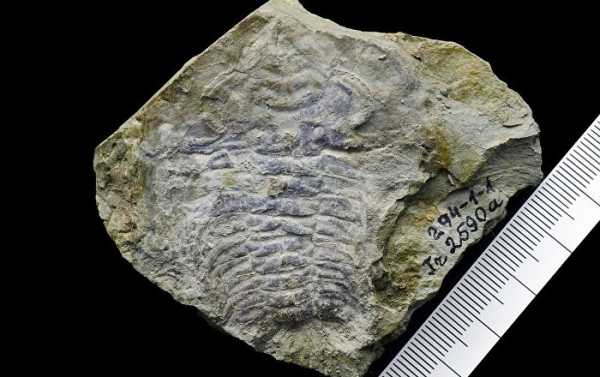
The animal, called Ikaria wariootia, was said to have lived over 555 million years ago and is reportedly believed to be the first known example of a bilaterian, an organism from which most modern life descended, defined as having both a front and rear, two symmetrical sides and openings at either end connected by a gut.
A group of geologists from the University of California, Riverside, in the United States, discovered a worm-like creature they have named Ikaria wariootia believed to be the first ancestor of bilaterians, a family tree that contains most familiar animals today, including humans, according to a research paper published on Monday in the journal Proceedings of the National Academy of Sciences.
Scientists earlier discovered multicellular organisms with variable shapes, such as sponges and algal mats. For example, members of the Ediacaran Biota group, which covers the oldest fossils of complex multicellular organisms, are not directly related to today’s animals, including lily pad-shaped beings known as Dickinsonia that lack elementary features of the majority of animals, such as a mouth or gut.
The remains of Ikaria were found in fossilized burrows contained within 555 million-year-old Ediacaran Period deposits in Nilpena, South Australia. Scott Evans, a recent doctoral graduate from University of California, Riverside, and Professor Mary Droser, a professor of geology, studied the ancient deposits and made the new finding.
Evans and Droser noticed tiny, oval impressions near some of the burrows. Funded by NASA, the two scholars used a three-dimensional laser scanner that revealed the regular, consistent shape of a cylindrical body with a distinct head and tail and faintly grooved musculature.
Research estimates the size of Ikaria to be about two to seven millimetres long and up to 2.5mm wide. The largest example of this creature known to date is believed to be approximately the same size as a grain of rice.
The animal was reportedly named to acknowledge the original custodians of the land, as the word ‘Ikaria’ in the Adnyamathanha language means, ‘meeting place’, while ‘wariootia’ refers to Warioota Creek, which runs from the Flinders Ranges to Nilpena Station.
“This is what evolutionary biologists predicted,” Droser said. “It’s really exciting that what we have found lines up so neatly with their prediction.”
Sourse: sputniknews.com






